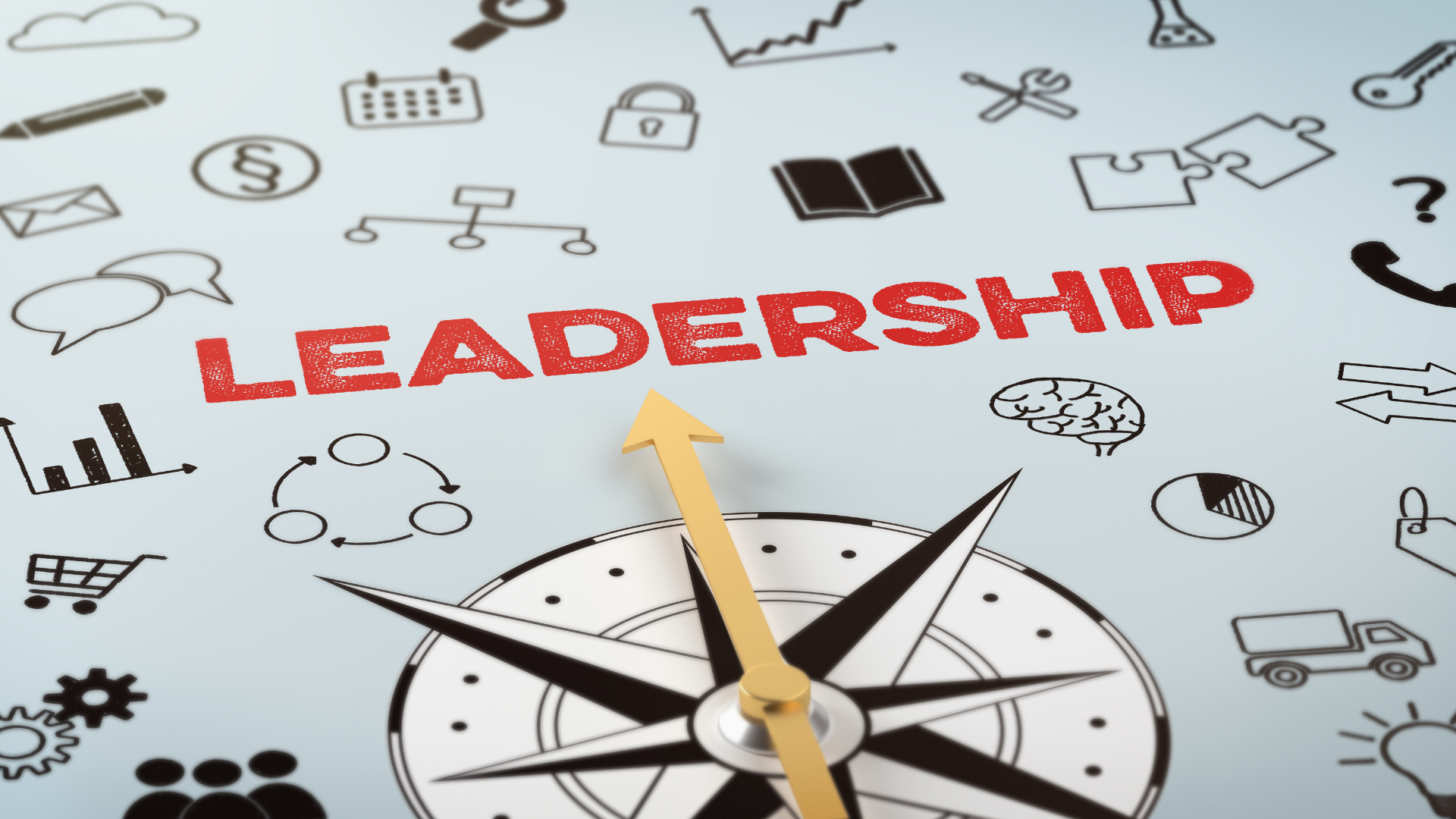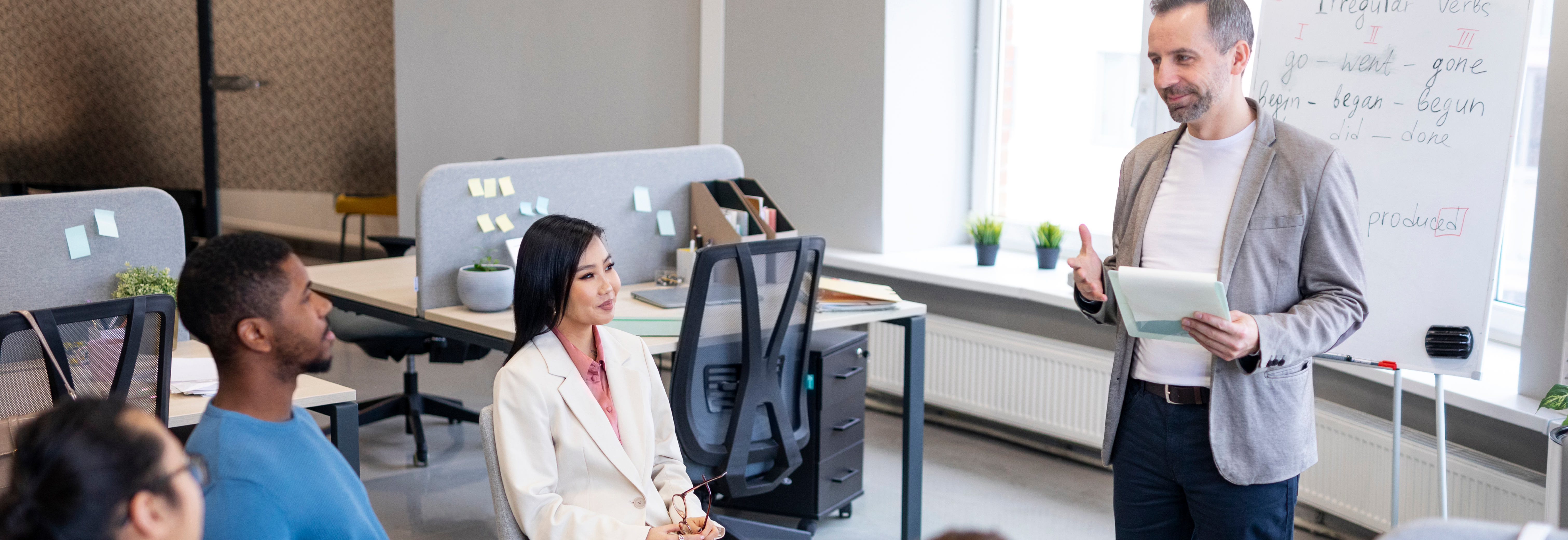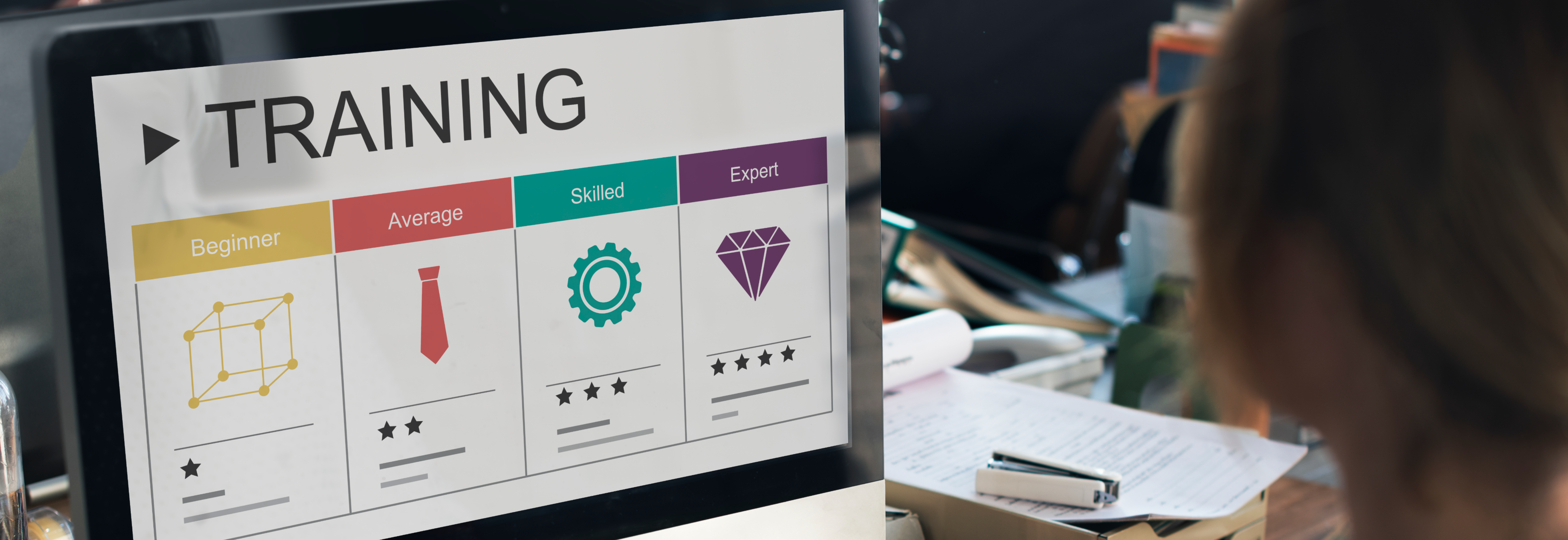An efficient leadership development program is not just another item on the HR calendar. It is an intentional, powerful vehicle to awaken leadership potential within individuals and prepare them for real challenges. Having worked with leadership cohorts across industries, I have seen firsthand what separates a routine training from one that creates lasting shifts in behavior and mindset.
So, how do you plan a leadership program that does more than tick boxes? How do you craft one that leaves participants feeling empowered, aligned, and transformed?
Here are five foundational strategies I always come back to when designing an impactful leadership development experience.
1. Begin With The End In Mind
Table of Contents
This might sound obvious, but it is often the most overlooked step.
Before choosing a facilitator, defining the content, or blocking participants’ calendars, ask: What business outcome are we hoping to move? Is it profitability, employee retention, customer satisfaction, or innovation?
Many programs fail because they start with training goals rather than business goals. The best leadership programs begin with a clear diagnosis: what is the behavior gap, and how is it impacting the business?
Once we define the end goal, we can trace it back to the behaviors we need to strengthen, the mindsets we need to shift, and the skills we need to develop. For instance, if the goal is to build a more agile organization, then we need to design for psychological safety, collaboration, and decision-making under uncertainty.
This strategic clarity is what makes the difference between a generic workshop and a targeted intervention that creates change.
2. Be Clear and Current
Organizations, like people, evolve. Each stage of growth brings its own leadership challenges. A fast-scaling startup will have very different development needs from a legacy enterprise navigating digital transformation.
To be effective, a leadership development program must be grounded in the present reality of the business. This means aligning with internal stakeholders to understand:
- What is keeping the leadership team up at night?
- What organizational levers need to shift?
- What new market conditions or competitive forces must the team be ready for?
Being clear and current is also about relevancy. Your content must resonate with the context people are working in today. Are you addressing hybrid leadership challenges? Are you preparing people for cross-functional decision-making? Are you developing inclusive leaders?
A simple stakeholder conversation can uncover rich insights that will help you design a leadership journey that feels timely, credible, and business-relevant.
3. Prioritize Learning Journeys Over Learning Events
One of the most common myths I see in leadership development is the belief that a two-day offsite can create deep transformation. It rarely does.
Leadership is not taught in a day. It is built over time, through experience, feedback, reflection, and intentional practice.
Rather than investing in one-off events, consider crafting a learning journey that includes:
- A kickoff session that sets context and intention
- Peer learning circles or accountability pods
- Bite-sized content delivered through microlearning modules
- Tools for reflection and journaling
- Check-ins with mentors or managers
- A capstone project that applies learning to a real challenge
This staggered approach allows for spaced repetition, greater retention, and most importantly, real-world application. If a full-fledged journey is not feasible, at least design a strong pre- and post-training scaffold to reinforce the core ideas.
If you are looking for impactful microlearning formats, check out this page on self-paced learning programs by FocusU.
4. Build Supporting Structures
Even the best-designed program needs reinforcement. Without follow-through, new behaviors fade. That is why supporting structures matter.
One of the simplest but most powerful practices I have seen work is assigning a learning mentor. This person checks in periodically with the participant, helps them track progress, and nudges them toward action. These could be managers, internal coaches, or even experienced peers.
Some organizations use nudging tools or habit-building apps to reinforce behaviors after each session. Others conduct monthly leadership town halls where participants share success stories and roadblocks.
Supporting structures do not need to be expensive. They just need to be consistent. A few examples:
- Monthly action planning calls
- Slack channels for peer learning
- Leadership buddy systems
- Nudges via WhatsApp or email
At FocusU, we often recommend complementing live sessions with tools like our Digital Learning Journeys to build continuity and accountability.
5. Embrace Experiential Learning
There is a reason people remember their best leadership lessons not from lectures, but from experiences.
Experiential learning is not just fun. It is sticky. It simulates the emotional intensity, ambiguity, and real-time decision-making that leaders deal with every day. And because participants are doing rather than just listening, the insights go deeper.
Some of my favorite formats include:
- Business Simulations: Participants make real-time strategic decisions in a simulated business environment and receive feedback based on their choices. For example, FocusU’s business simulations help leaders understand financial impact, customer experience, and operational tradeoffs in a safe space.
- Role Plays: Structured conversations where leaders practice giving feedback, influencing without authority, or handling conflict.
- Gamified Modules: Whether it is a decision tree challenge or a collaborative escape room, gamification can make even complex topics engaging and memorable.
Even in a virtual setting, these formats can be powerful. We have run remote simulations, digital escape rooms, and even cross-functional business games with measurable success.
Experiential learning also promotes peer learning, which is a powerful leadership development lever. When leaders learn with and from each other, it creates a culture of shared accountability and continuous improvement.
Final Takeaway
At its core, a powerful leadership development program is one that understands the business context, targets behavior change, engages people emotionally, and reinforces learning over time.
We are no longer in an era where sending leaders for a workshop ticks the box. The need of the hour is designing journeys that are grounded, human, and aligned with what the business truly needs.
So before you plan your next program, ask yourself:
- What are we really solving for?
- How will we measure success?
- How will we make it memorable and meaningful?
With those questions guiding you, your next leadership initiative could be the most impactful yet.
Would you like help designing such a journey for your team? Check out FocusU’s customized Leadership Development solutions or reach out to us at hello@focusu.com.
We would love to partner with you to build something powerful.










